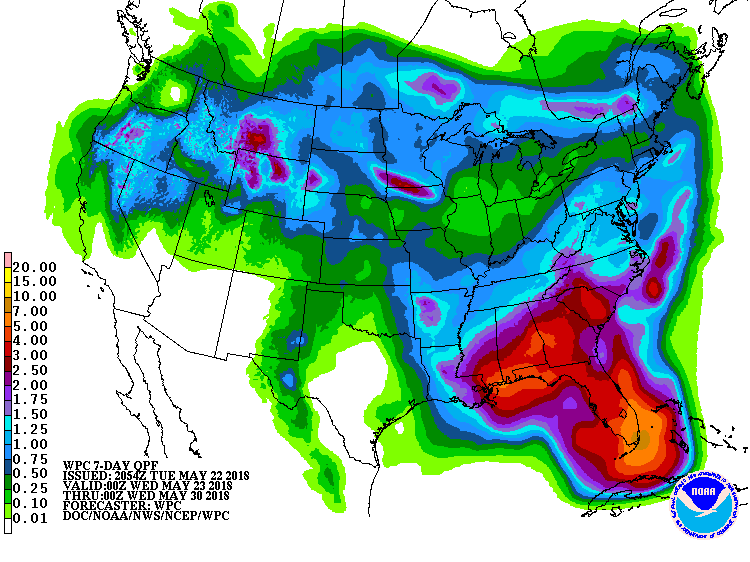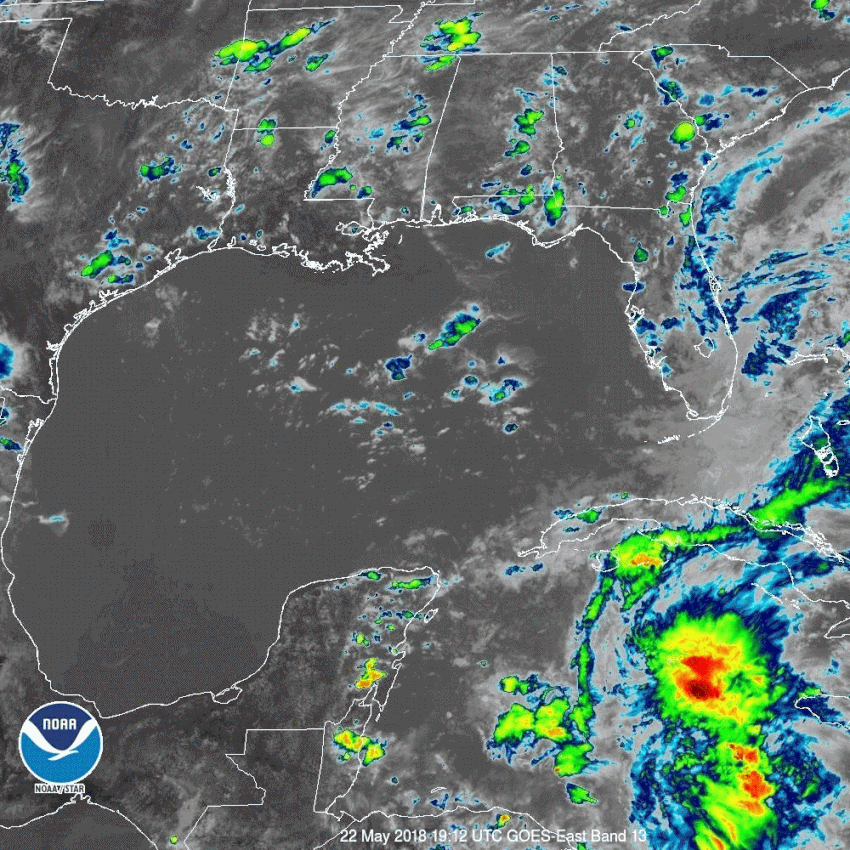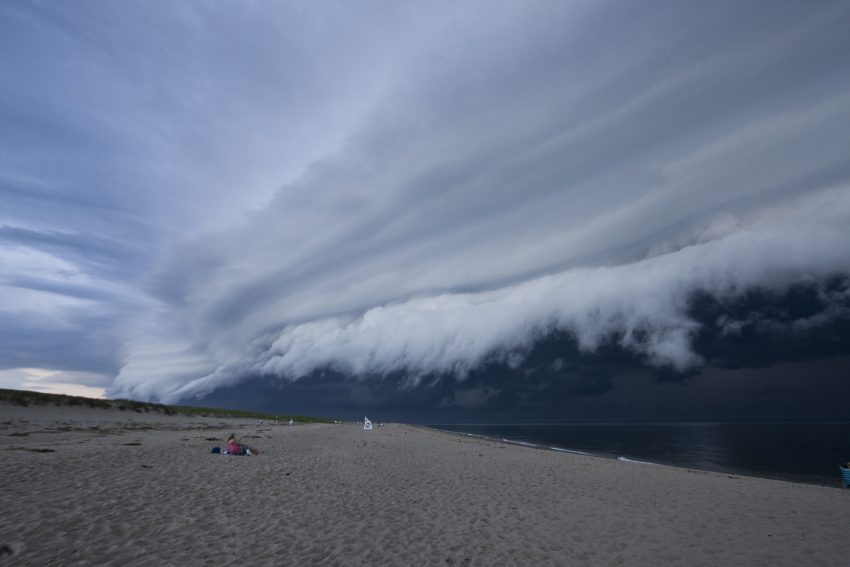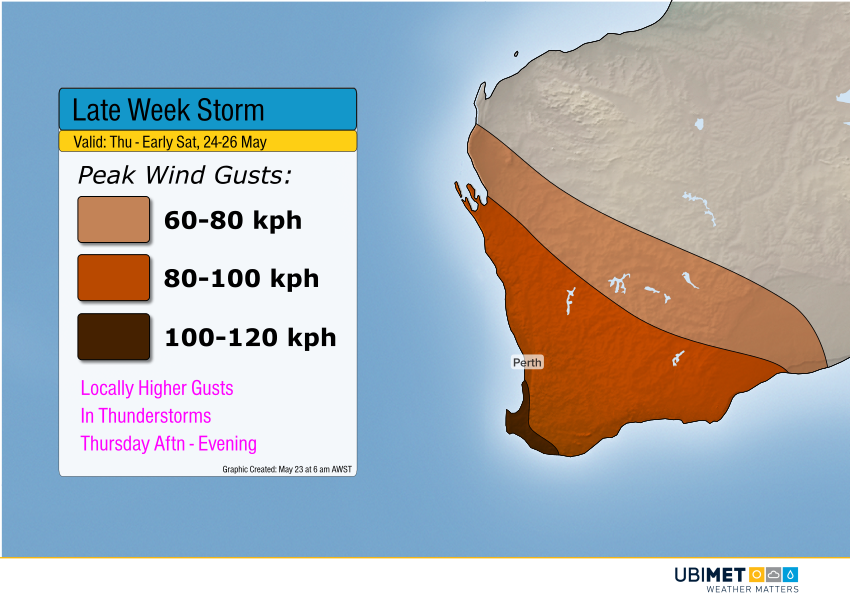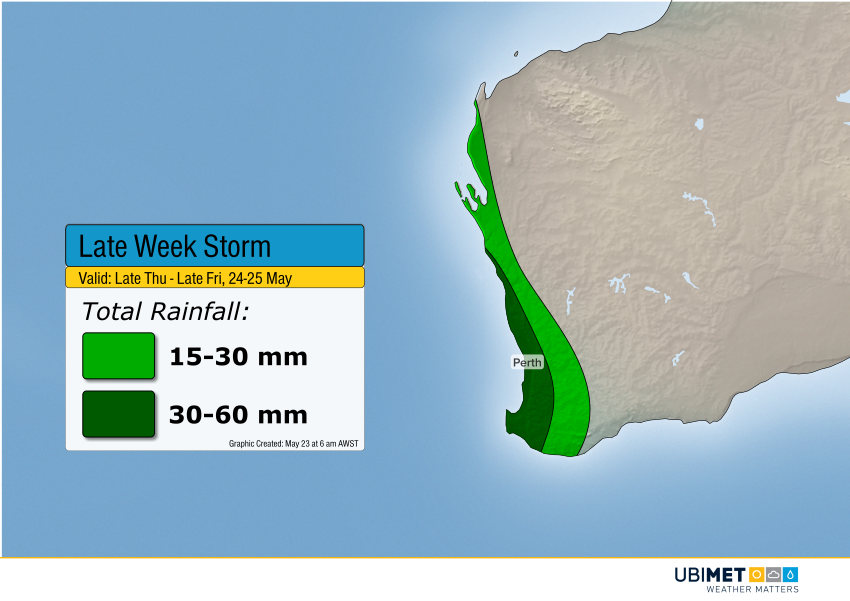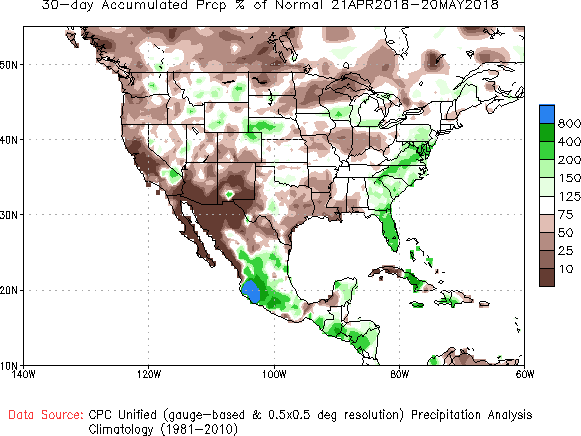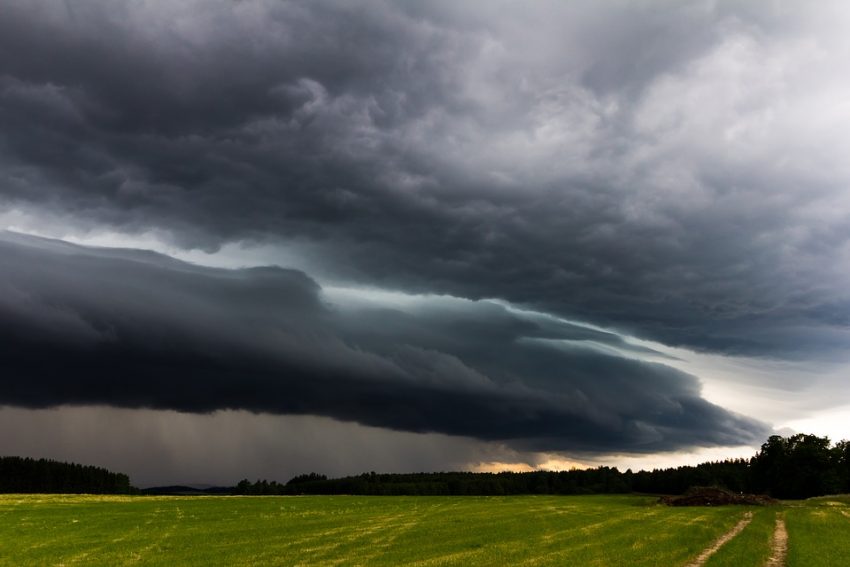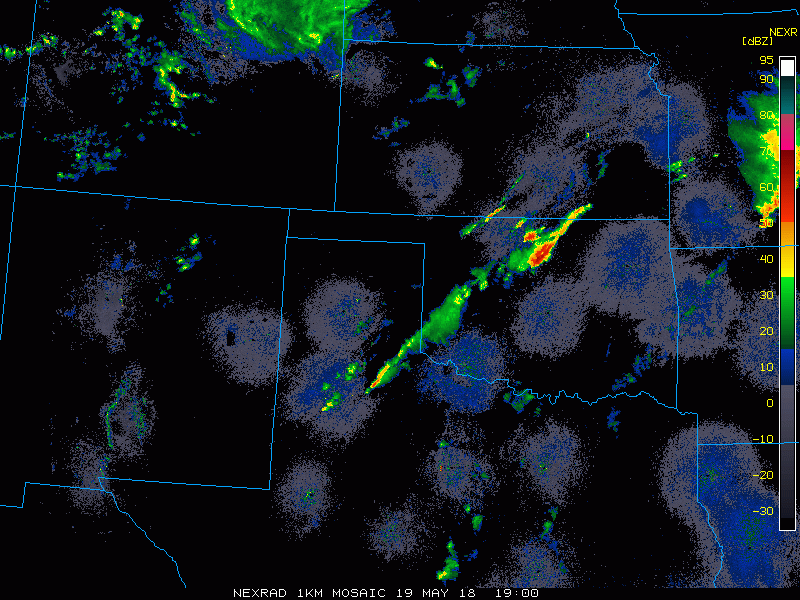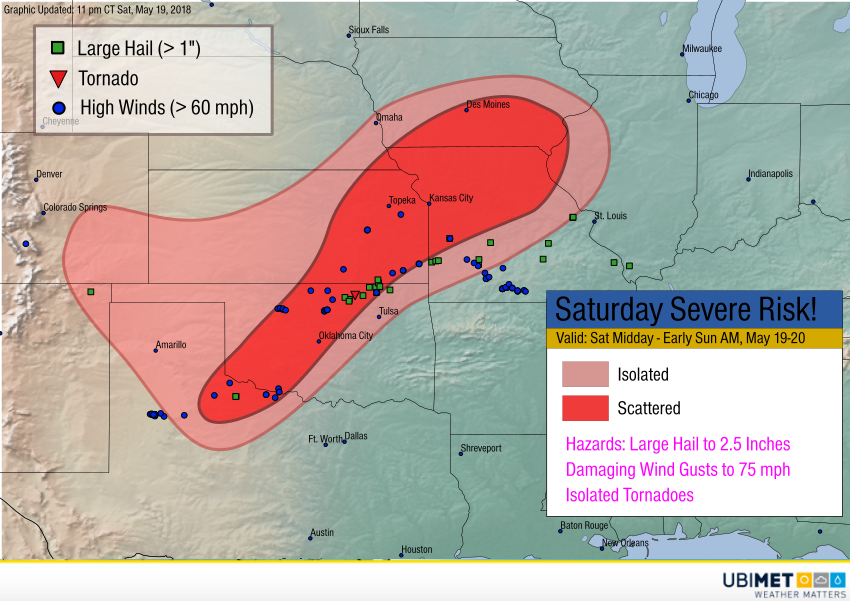Tropical Disturbance Will Bring More Heavy Rain to the Southeast U.S.
We’re monitoring a tropical disturbance currently hovering over the western Caribbean, just east of the Yucatan Peninsula. It’s part of a train of tropical moisture pumping up into the eastern U.S. Heavier than normal rainfall has been occurring for more than a week and is likely to continue for another week or more. But will there be the added threat of tropical storm development?
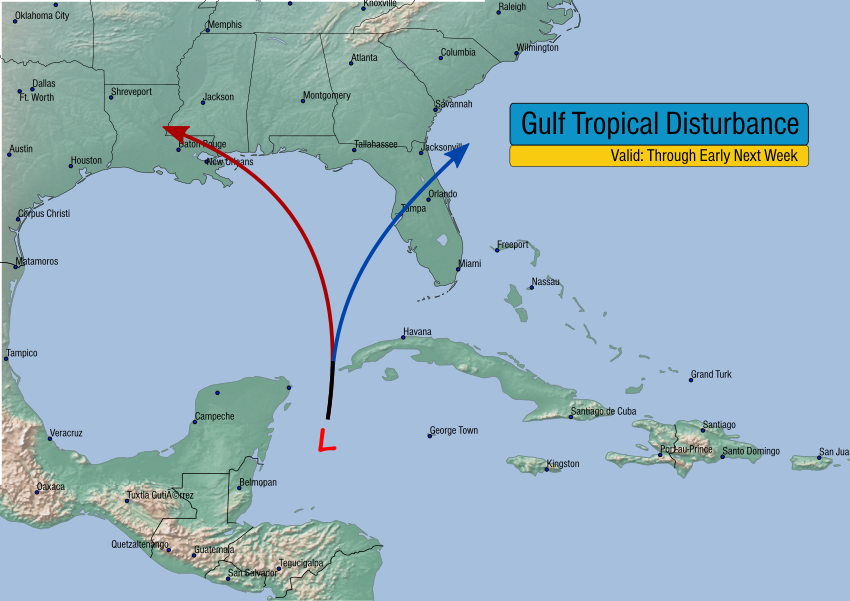
Model guidance is split on how this system will evolve. They agree on the possibility of some tropical development, despite how early we are in the season. In fact the hurricane season doesn’t even start until June 1st. However, a few tropical storms have been known to develop earlier. Some of the models turn the system towards the northwest and the central Gulf; others bring it more northeast towards Florida and the Carolinas.
Regardless of whether or not the system intensifies to tropical depression or storm status, the moisture associated with the system will enhance already heavy rainfall in the southeast. The map below from NOAA’s Weather Prediction Center shows forecast rainfall amounts through the next seven days. You can see the heaviest rainfall amounts of 6-10 inches (150-250 mm) likely to impact coastal zones and the Florida peninsula.
